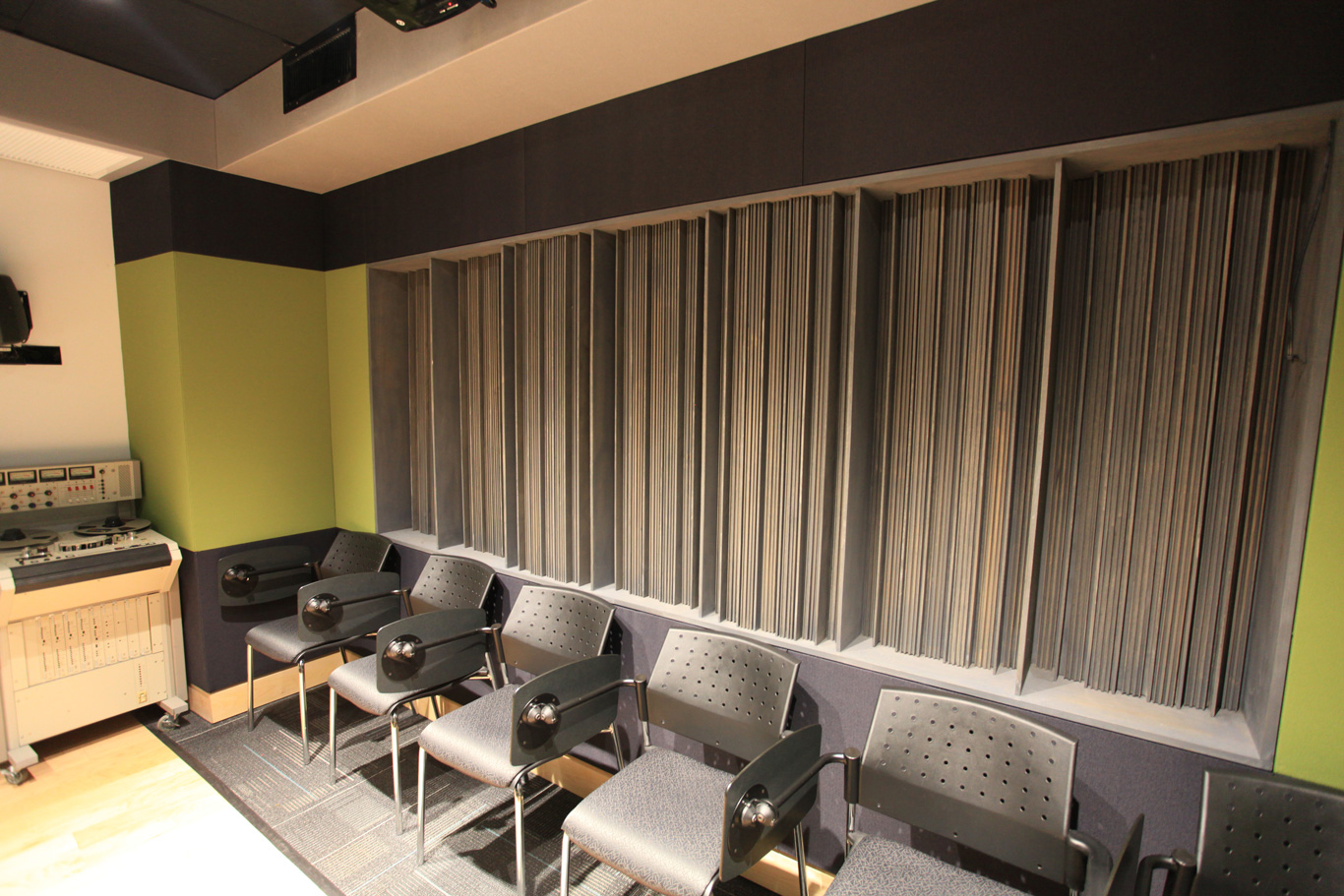I've been contemplating building a lightweight 2D quadradic diffusor I can easily and consistently move in front of my TV in my listening room for critical listening, then remove when doing TV viewing. Based on the calculators I've demoed, I can make one which is about 10 inches deep with 1 inch wide channels and get a unit which is effective from about 750Hz to 6,000Hz. That would be excellent and a huge improvement over the flat reflective surface of a TV.
If I take my time and make an effort a precision, I should be able to make it fairly light weight which might allow me to hang it with pullies so I can raise it out of the way for TV viewing and lower it for music listening.
With a 2D diffusor it would be easy to have a cavity behind the reflective surface of each channel, thus makin it lighter. However, with a 3D diffusor I cannot think of a method to get a light solution.
If I take my time and make an effort a precision, I should be able to make it fairly light weight which might allow me to hang it with pullies so I can raise it out of the way for TV viewing and lower it for music listening.
With a 2D diffusor it would be easy to have a cavity behind the reflective surface of each channel, thus makin it lighter. However, with a 3D diffusor I cannot think of a method to get a light solution.



